What makes troubleshooting trickier is the absence of information about the affected device. As a result, users can’t get the right drivers. Fret not! We will walk you through all that and help get things up and running.
Why is the PCI device driver missing?
Here are a few reasons why the PCI device driver is missing in Windows:
Incompatible or outdated drivers – Usually, when you have incompatible or outdated drivers installed, it leads to such issues. Corrupt system files – When the system files are corrupt, it leads to issues with the OS, the installed applications, and the drivers. Issues with Windows Update – Windows Update handles installation of the latest driver version for most devices. If the PCI device driver is missing, it indicates a problem with the Windows Update itself.
What can I do if the PCI device driver is missing in Windows 10?
Before we move to the slightly trickier solutions, try the quick ones below:
Restart the computer and check if Windows automatically installs the missing drivers. Check for Windows Update and install any that are pending. Updating the OS even works when you have the PCI device driver missing in Windows XP.
If these two don’t work, head to the solutions listed next.
1. Automatically update the driver
A quick way to fix things when the PCI device driver is missing is to update the driver. Here, Windows does it all automatically, and the solution also works when you have the PCI device driver missing in Windows 7. In any case, you can instead use a specialized tool that is tailored for updating all PC drivers safely and entirely automatically.
2. Install the driver manually
That’s it! Manually installing the driver can be tricky, but it works in all cases, especially when the PCI device driver is missing in Windows 10 on HP. Also, this allows you to get a newer version before it makes its way to Windows Update. Disclaimer: this program needs to be upgraded from the free version in order to perform some specific actions. It’s important to ensure that your system drivers are constantly updated, which is why using a dedicated third-party tool could simplify the process. To install the right driver version on your PC in just a few clicks, we strongly recommend DriverFix. That’s all there’s to fixing things when the PCI device driver is missing in Windows. Once you manage to get the right driver, it’s also imperative that you update it regularly to avoid such errors in the future. And a third-party tool does this job perfectly. Also, find the most effective ways to make Windows 11 faster and get the best-ever performance. Tell us which fix worked and share any other solutions you may know in the comments section below.
SPONSORED
Name *
Email *
Commenting as . Not you?
Save information for future comments
Comment
Δ


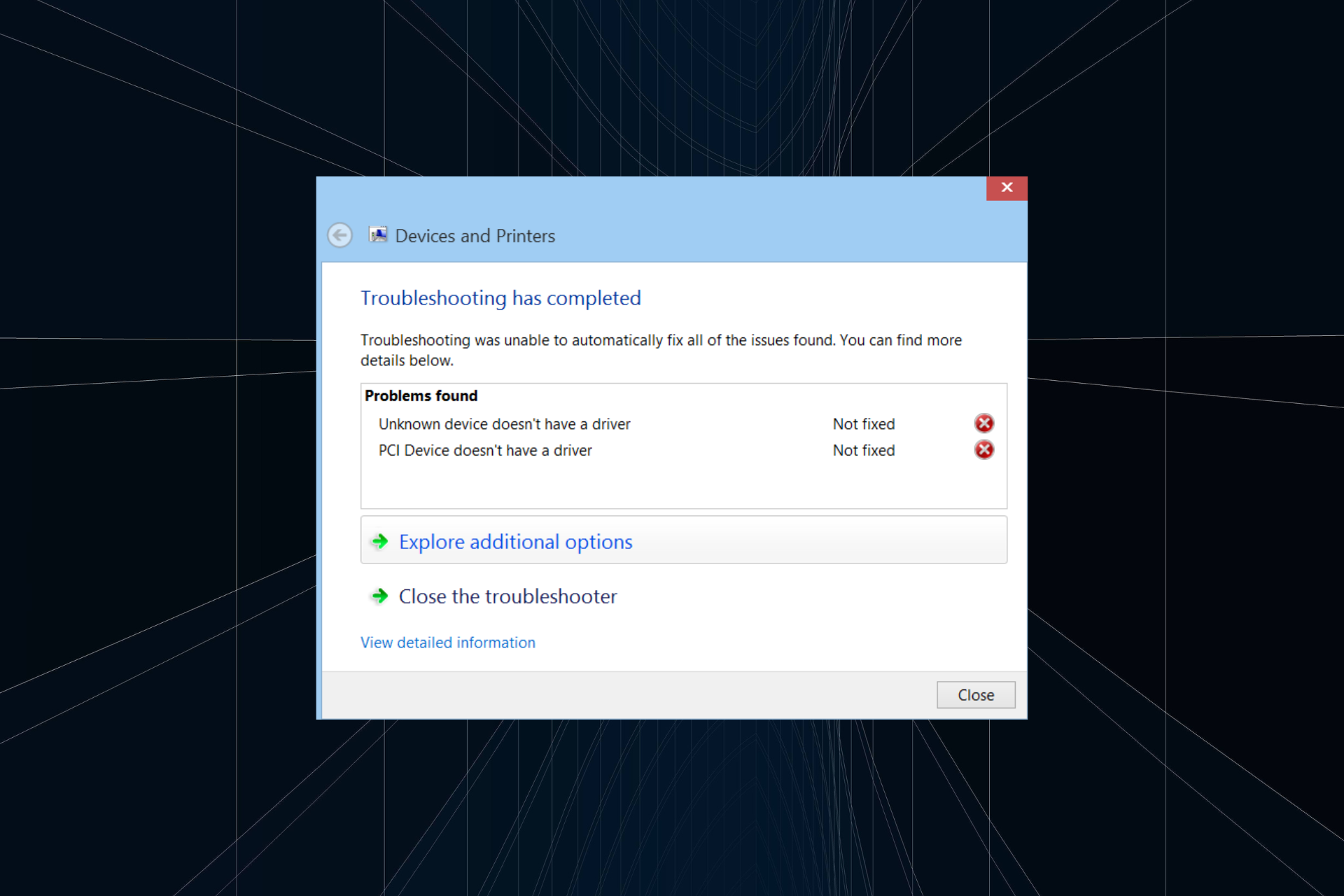
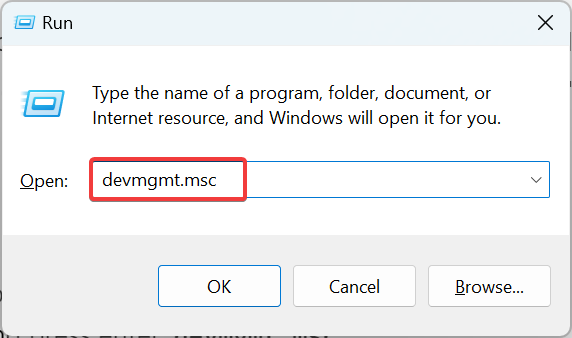
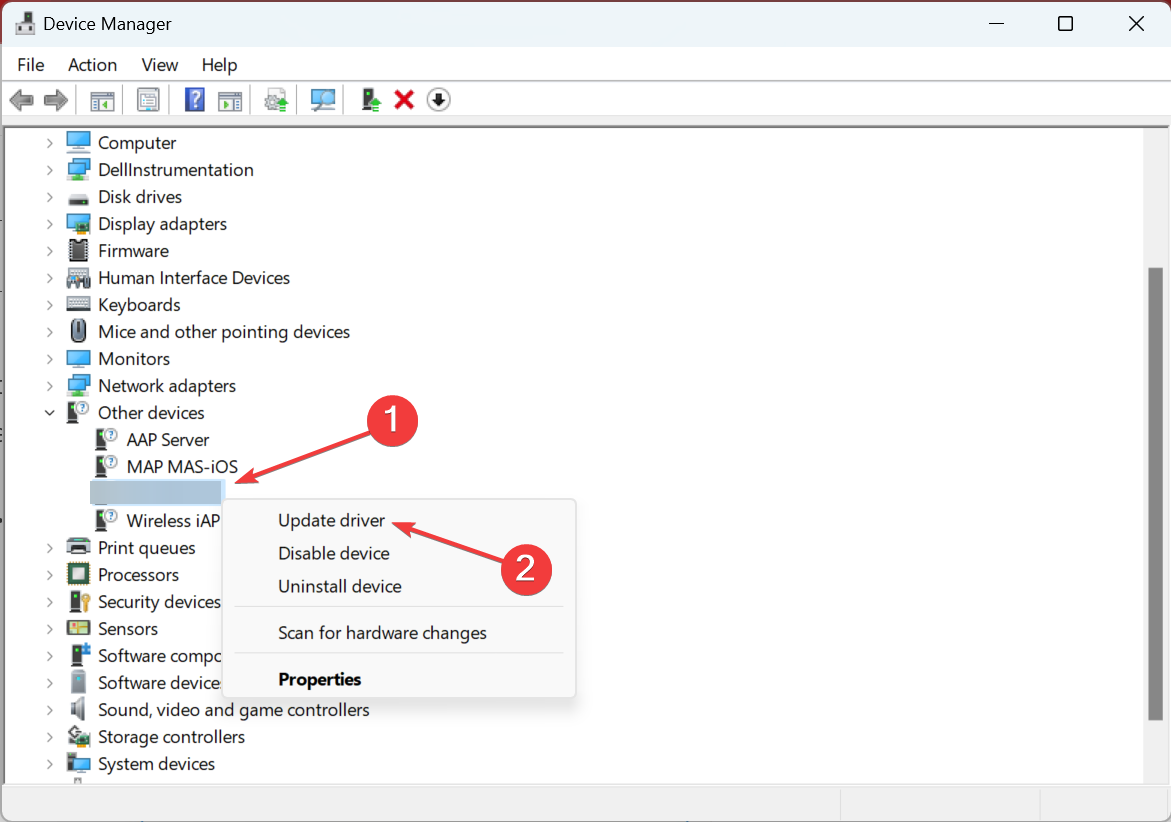
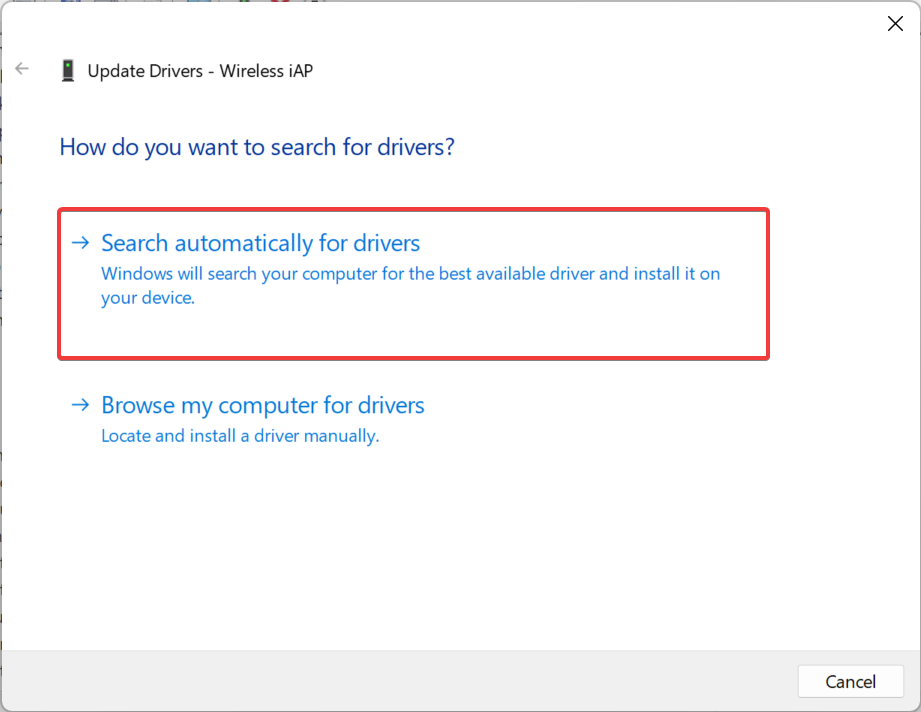


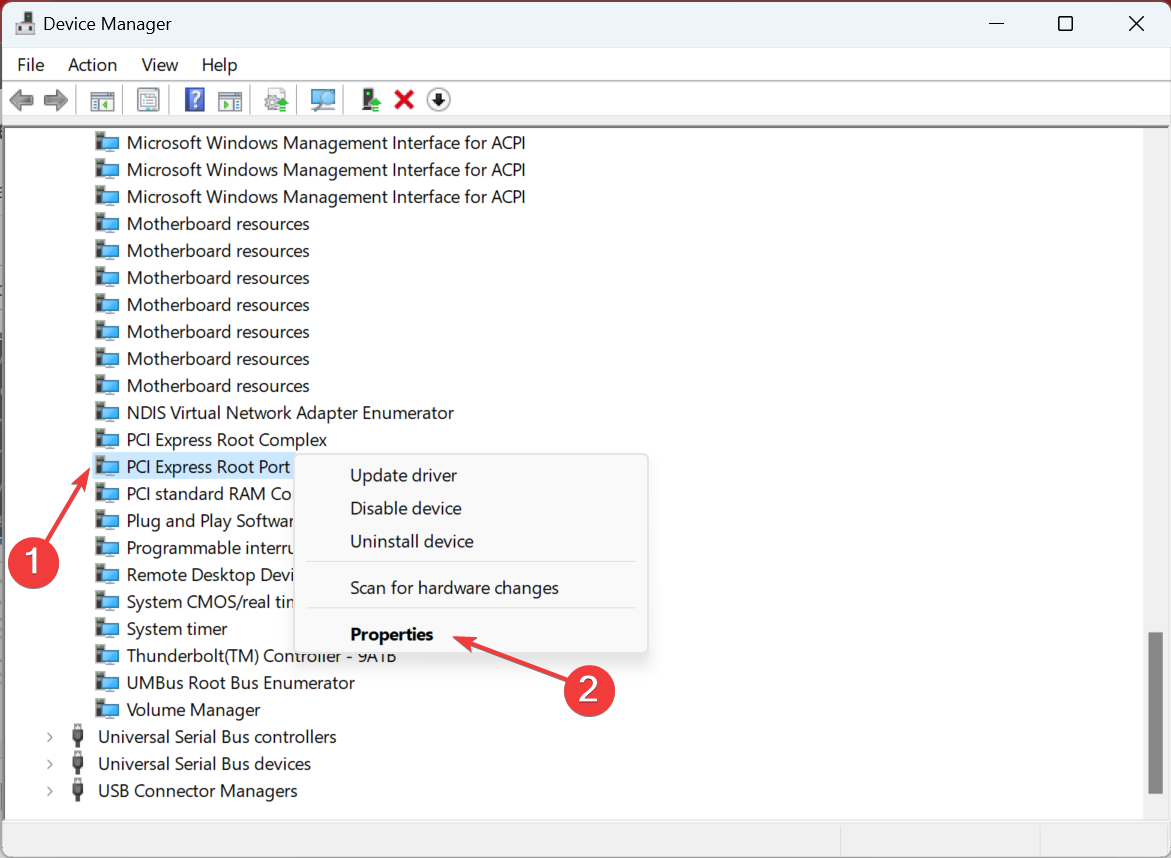

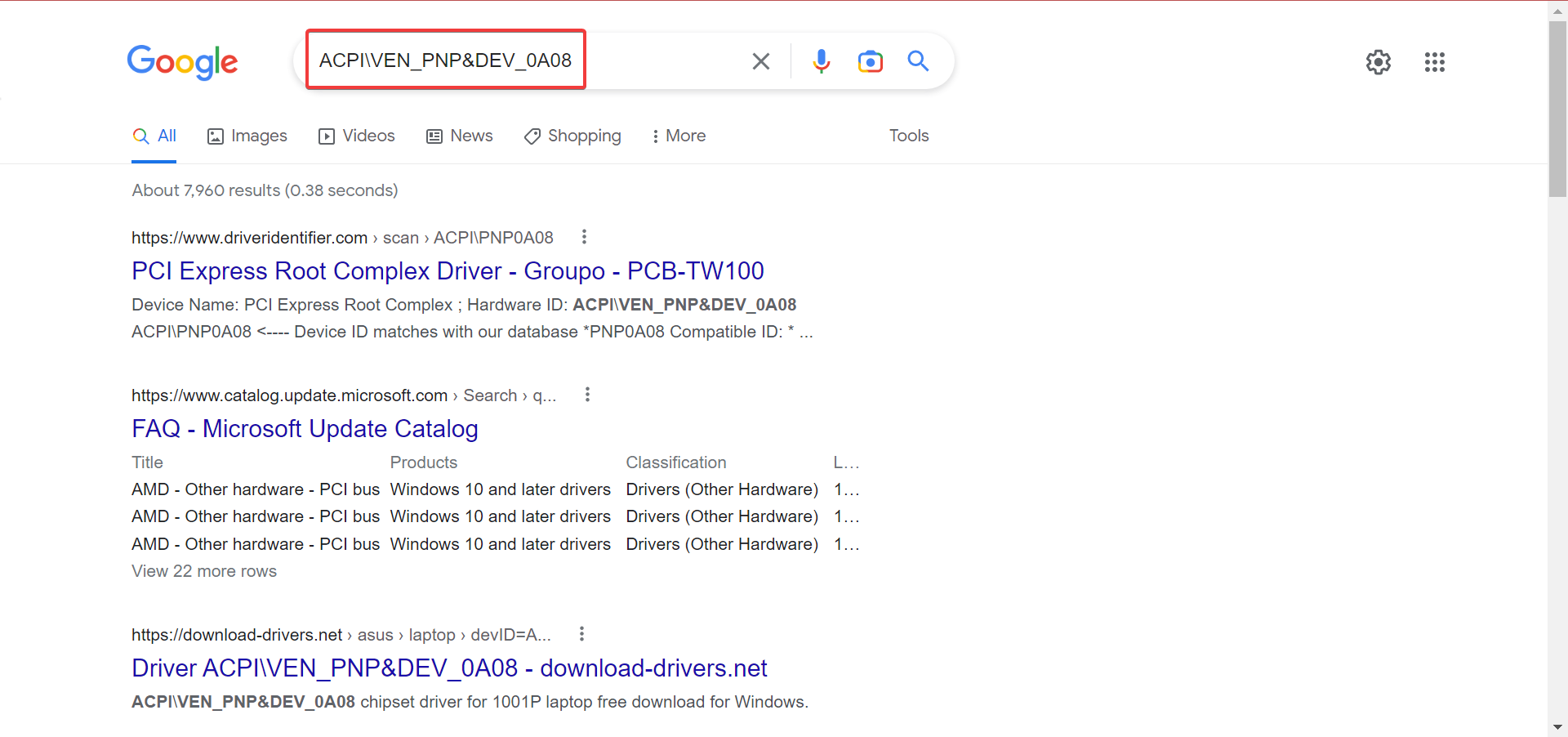

![]()